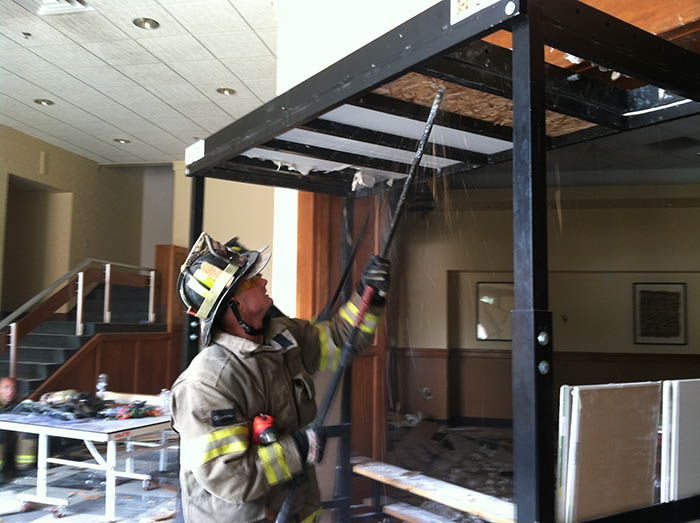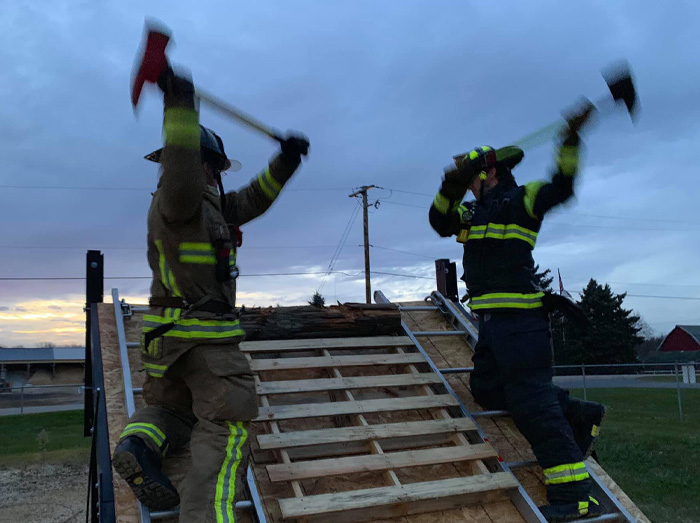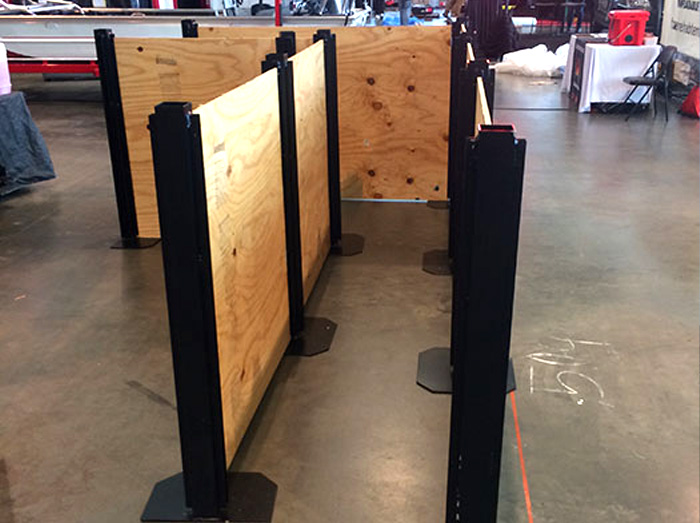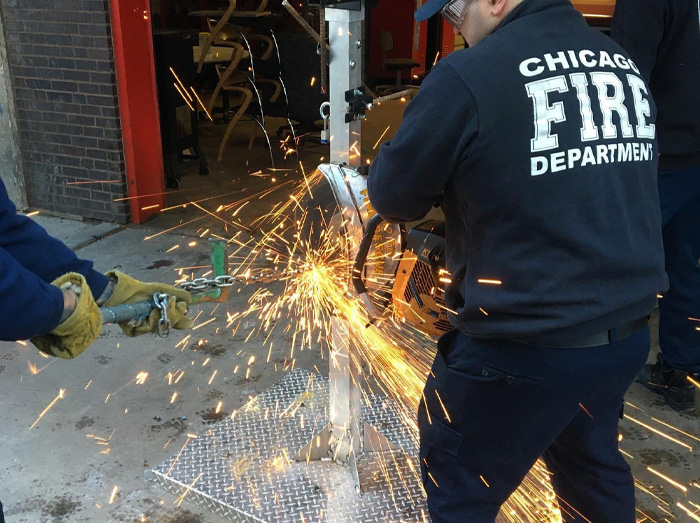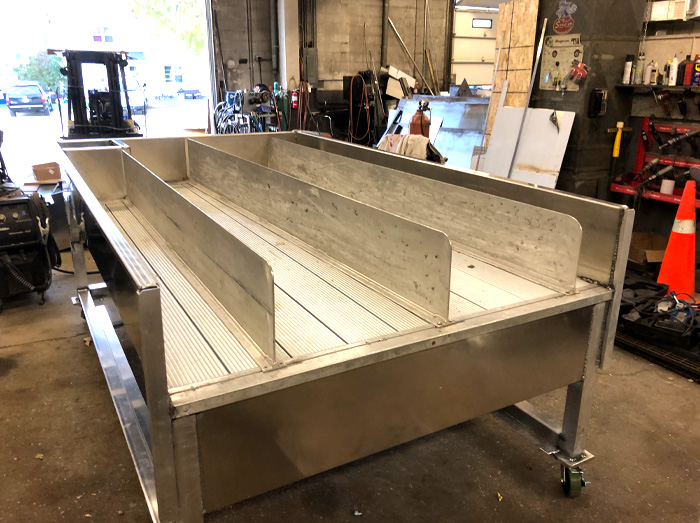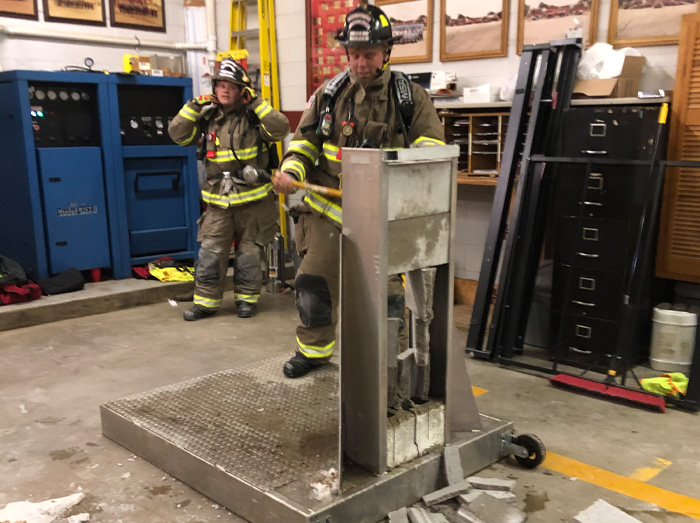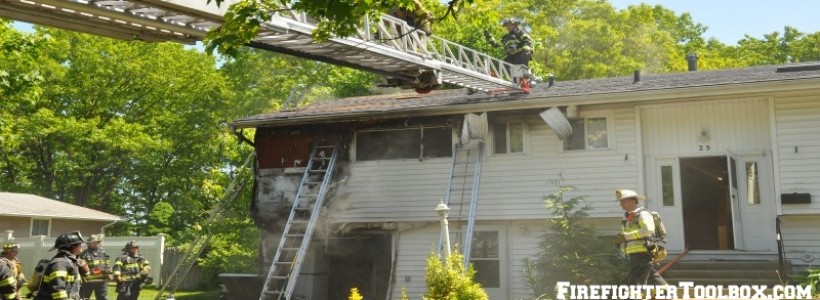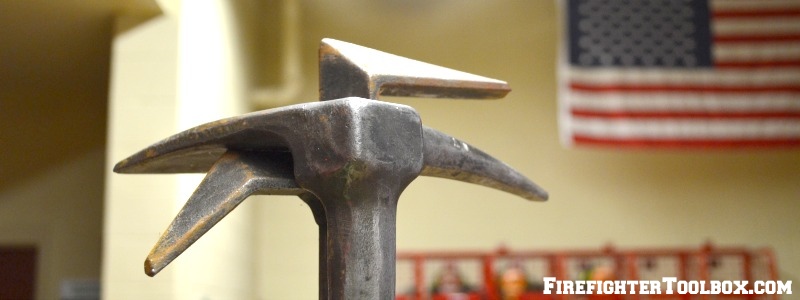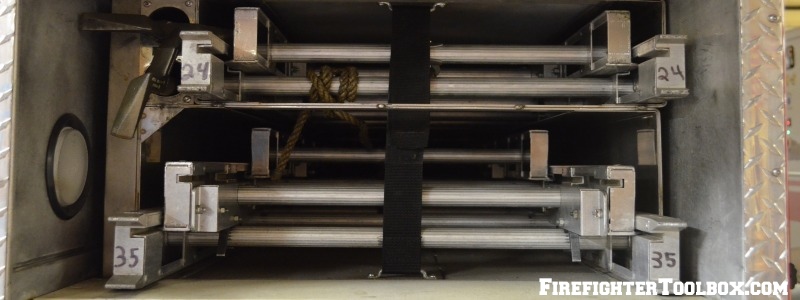King Training Innovations
Outside Vent (OV) position
How to be an Effective Outside Vent (OV) Firefighter – Part 1
The firefighter assigned to the outside vent position (commonly referred to as the OV) is an important asset to have on the fireground. Typically assigned to one of the two outside team positions of a ladder company (the other being the roof position) they are tasked with some important roles as well as expected to make some important decisions.
The OV is often an underutilized position, typically due to limited staffing with departments across the country. Many times the emphasis is put on interior operations and exterior operations are delayed until further units arrive. Today we will explore this position in detail.
What does an OV actually do?
The OV’s main job is to vent the fire from the outside while the engine company extinguishes the fire from the inside. Venting the fire allows the heat and smoke to escape and allows the engine company to make an easier “push” into the fire area. Sounds simple right? Well, it does actually get quite a bit more complicated than that.
The role of the OV should be fulfilled by an experienced firefighter mainly because this position is not under the direct supervision of an officer and is tasked with some important responsibilities as well as decisions to make such as…
•The appropriate selection of tools based on the fire building.
•A complete size up.
•The ability to read fire as well as smoke conditions.
•The ability to determine when the appropriate time to vent is.
•The ability to determine when VES (Vent, Enter and Search) will be required.
•Can you determine the layout of the inside of a private dwelling by looking at the windows? If you need to VES a bedroom which window do you enter?
These are just some of the decisions that an OV will have to make during a fire. It is worth mentioning again, that this position should be filled by an experienced firefighter. An inexperienced firefighter put into this position making the wrong decisions could have catastrophic results.
Tools of the OV
As with all positions on the fireground the OV should begin with complete personal protective equipment including a flashlight, self-contained breathing apparatus, radio and if possible a thermal imaging camera. The most basic of tool selection should be a six-foot Halligan hook as well as a Halligan tool. These two tools should be properly “married” together to ease carrying. Some additional tools that may be needed based on your size up of the fire building could be…
Ladder selection also comes into play and one must determine the need for just a roof ladder or possibly a twenty-four foot or thirty-five foot extension ladder. In certain cases an extension ladder maybe needed in conjunction with the roof ladder.
Heavy Irons-typically a Halligan tool and a maul, these may be used for forcing doors in the rear of a commercial building.
Forcible Entry or Vent Saw-again used for venting or gaining entry in a commercial building or possibly a private dwelling found to have security bars covering the windows.
A proper size up is an important role that all members of a company should conduct on arrival.
In part 2 we will discuss the next step for the OV firefighter; Size-up.
Photo Courtesy Steve Silverman & Courtney Fling
When you subscribe to the blog, we will send you an e-mail when there are new updates on the site so you wouldn't miss them.


